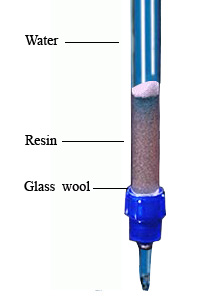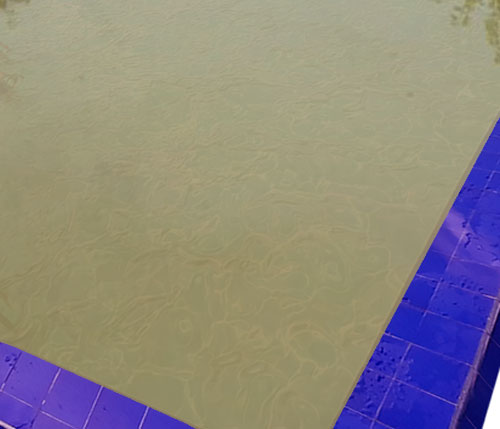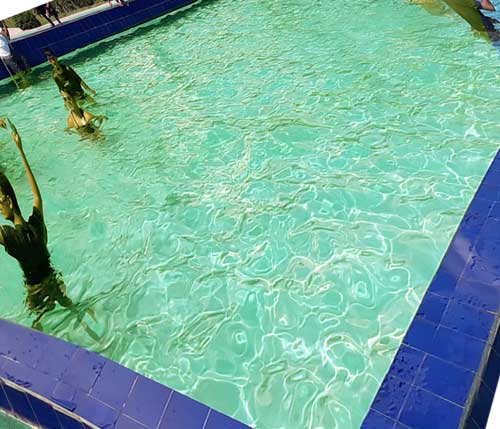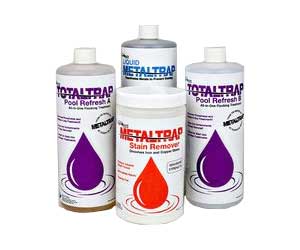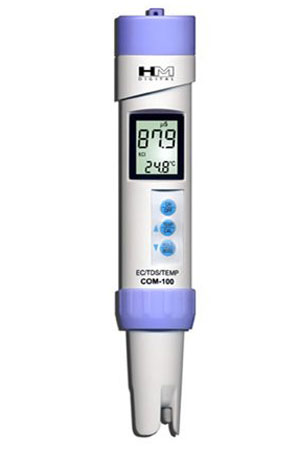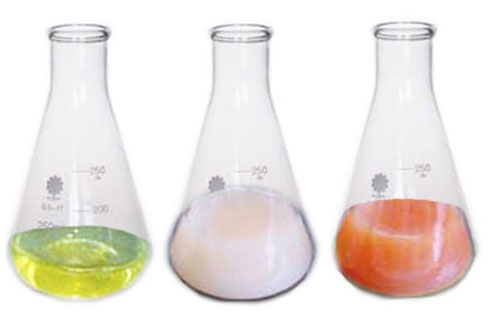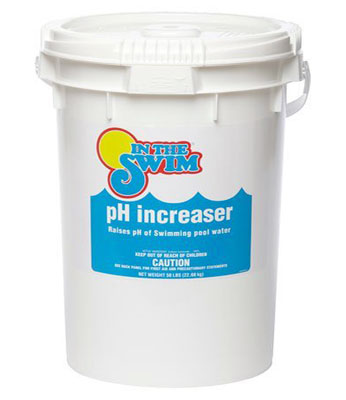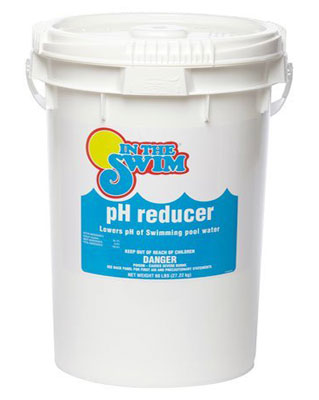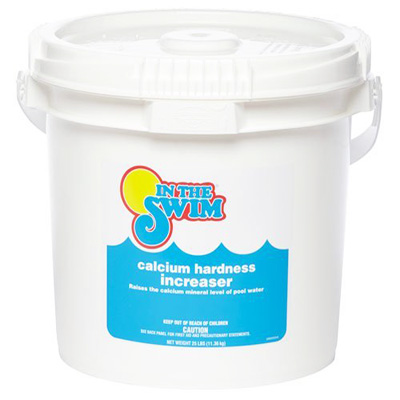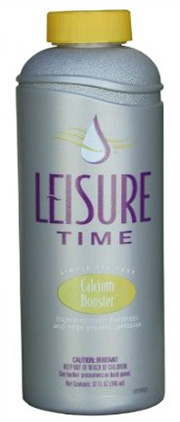The available methods for determination of permanent hardness of water are O’Heners method, EDTA method and Soap titration method. Initially we have to know; what is hardness? –Hardness is due to presence of bicarbonate, sulphates, chlorides and nitrates of calcium and magnesium. It is expressed in ppm (part per million) as calcium carbonate. There are two types of hardness:
- Temporary hardness
- Permanent hardness
Bicarbonate of calcium and magnesium is responsible for temporary hardness whereas sulphates, chlorides and nitrates of calcium and magnesium are responsible for permanent hardness. The salt of Na, K and NH4- do not reacts with soap; hence the presence of these salt do not creates hardness of water.
Determination of permanent hardness of water by O’hehners method
Theory: At first, the water is boiled to remove temporary hardness. When the water is boiled then, the Bicarbonate of calcium and magnesium are change into non-dissolve carbonate.
Ca(HCO3)2 → CaCO3 + H2O + CO2
Mg(HCO3)2 → MgCO3 + H2O + CO2
After that, added Na2CO3 solution. This chemical reacts with dissolved calcium and magnesium salts and converts them into insoluble carbonate.
CaCl2 + Na2CO3 → CaCO3 + 2NaCl
MgCl2 + Na2CO3 → MgCO3 + 2NaCl
The residue Na2CO3 is then determined by titrating against a standard acid. The reduction in the amount of soda added is equivalent to permanent hardness.
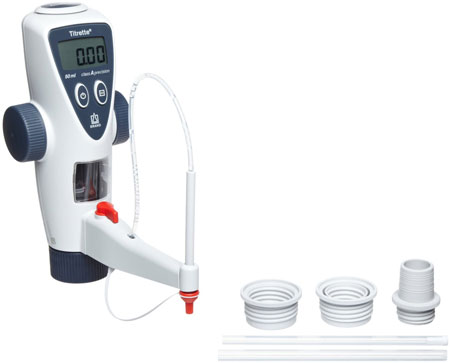
Apparatus
- Beaker
- Weighing Balance
- Burette with stand
- Pipette
- Conical flask
- Hot plate
Chemicals
- N/10 Sodium carbonate solution
- N/10 HCl acid
Indicator
- Methyl orange
Procedure:
- Take 50ml of water sample into a 500ml beaker and boil for 15 min.
- Add 50ml of N/10 Na2CO3 solution into it with stare.
- Separate the precipitate with filter paper and wash the precipitate 3-4 times with a little distilled water. Take the filtrate and cool the solution to room temperature. Then, take it into a 250ml volumetric flask and dilute it up to the mark with distilled water.
- Take 50ml in a conical flask from volumetric flask with a pipette and titrate it against N/10 HCl using Methyl orange indicator. At the end point the color of the solution turns into reddish yellow.
- Take the burette reading. Let, it is v ml.
- For blank titration, take 50ml of N/10 Na2CO3 solution into a 250ml volumetric flask and dilute it up to the mark with distilled water. Take 50ml in a conical flask from it with a pipette and titrate it as same process against N/10 HCl using Methyl orange indicator.
- Determine the consumed N/10 Na2CO3 solution from the difference of this two reading.
1ml 0.1N HCl ≡ 0.005005g CaCO3
Calculation:
Volume of N/50 Na2CO3 used for removing permanent hardness in 50ml of water sample
=50 -43.5 = 6.5 ml
Normality of water due to permanent hardness:
N1V1 = N2V2
N1 × 50 = N/50 × (6.5)
N1 = 6.5 /50 × 50 = 0.0026
Amount/Lit = N × Eq.wt
= 0.0026 × 50 = 0.13 gm/lit
Mg/lit = 0.13 gm/lit × 1000mg/1gm = 130 mg/lit
As,
1mg/lit = 1ppm
Permanent hardness = 130 ppm
Result: the given sample of water contains 130ppm permanent hardness.
Determination of permanent hardness of water by EDTA method:
The temporary hardness can be removed by boiling. The permanent hardness is determined first by precipitating the bicarbonates of Ca2+ and Mg2+ by heating and filtering off.
Procedure:
- Take 100ml of water sample into a beaker and boil gently for 15-20 minutes.
- Cool the solution then filter and wash the precipitate several times. Collect both the filtrate into a 250ml volumetric flask and level upto the mark with distilled water. Then, shake well.
- Take 50ml of solution from volumetric flask with pipette and place into a conical flask.
- Add 1-5ml NH4OH/NH4Cl buffer solution. It increases the pH level and should be 10. Check the pH with standardize pH meter.
- Add 2-3 drops 0.1M Mg-EDTA solution and 3-4 drops Eriochrome Black T indicator. Then, shake well and the color becomes wine red.
- Fill up the burette with standardized 0.01M EDTA solution. Record the initial burette reading and titrate the water sample with this standard solution.
- At the end point the color of the solution turns into blue from wine red. Titrate carefully near the end point.
- Take the final burette reading. Let, it is V1 ml.
- Repeat the titration process at least three times.
- You can run a blank titration for more accurate result. Let, it is V2 ml.
Water sample Vs EDTA
| Serial No | Volume of water sample (ml) | Burette readings (ml) | Volume of EDTA solution (ml) | |
|---|---|---|---|---|
| Initial | Final | |||
| 1 | ||||
| 2 | ||||
| 3 | ||||
Permanent hardness calculation:
In case of blank titration, the calculate volume of EDTA required by sample water, V = (V1-V2)ml
The permanent hardness can be calculated by using the following formula.
1ml 0.01M EDTA ≡ 1.00mg CaCO3
∴ Vml 0.01M EDTA = V ᵡ 1.00mg CaCO3
The 100ml sample water is dilute into a 250ml volumetric flask
Hence, 50ml dilute water = 100 ᵡ 50/250 ml = 20ml sample water
Now, 20ml of sample water ≡ V ᵡ 1.00mg CaCO3
∴ 1000ml of sample water ≡ V ᵡ 1.00mg ᵡ 1000/20 CaCO3
≡ V ᵡ 1.00 ᵡ 50 ppm CaCO3
Result
Amount of permanent hardness present in the given water sample = ppm
